Even the most dedicated permaculturalist has probably had moments of weakness. Sure, you know that pulling weeds by hand is the most sustainable method for your soil and plants, but you’ve probably seen a neighbor or relative spraying Roundup and walking away, knowing that they don’t have to do any more work.
Of course, there’s a long-term trade-off. Roundup can contaminate soil for years after it’s used, and that has health consequences. Roundup can damage human cells, according to a 2009 French study. Roundup is showing up everywhere: One 2017 UCSD study found that traces of the toxic base chemical of Roundup increased by 500 percent since Monsanto rolled out the herbicide in the 1970s.
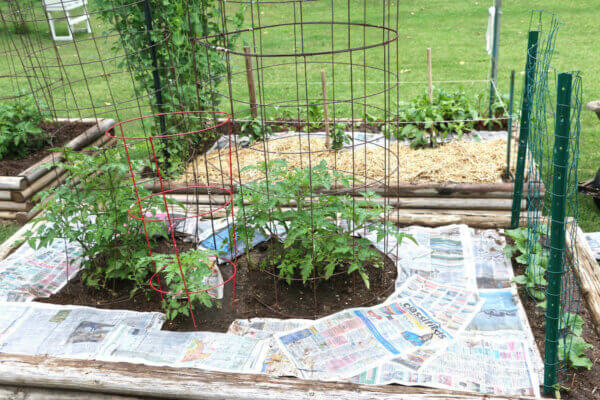
The best way to avoid weeds—and weeding—is simply planning ahead. Nature abhors a vacuum, and weeds are nature’s way of telling you: “If you aren’t going to tend this land, I will.” No matter where you live, weeds will spring up if you haven’t planted anything to keep them out.
Now you know, for next time. For now, here are some methods of weed removal that won’t hurt you or next year’s crop. All you need is a little sweat equity and creativity. And homesteaders have those in spades!
1. Pull Weeds By Hand
This is the simplest, most straightforward method, and it has plenty going for it. For one, you’ll get to know each bed of your garden much better.
A regular weeding is just one of the chores that you should do, along with deadheading, pruning, and removing dead leaves and branches from the ground. If you do all of those tasks regularly, you’ll be in much better touch with your garden and see problems developing from the start.
Of course, pulling weeds by hand is the most labor-intensive of any method. It might be the most effective, but it’s tedious. Plus, in a big garden, it just might not be feasible to go over each bed and planter every weekend.
2. Harvest Weeds And Eat Them
Apart from the blowtorch method (more on that later), this method is probably the most fun. Have you ever eaten purslane or dandelion greens? They’re delicious! Or you might have a wild mint infestation that’s driving you crazy.
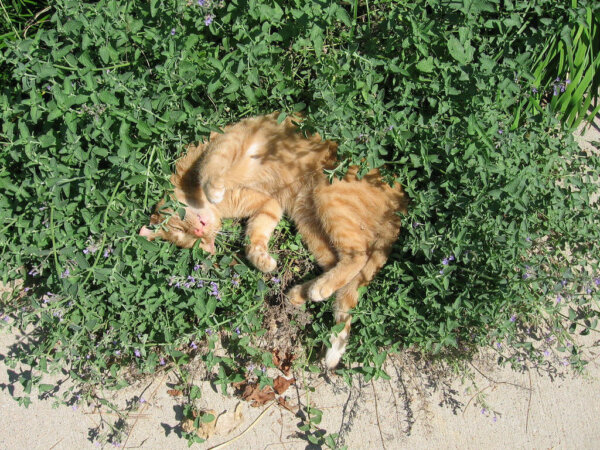
There are dozens of weeds that you can eat and actually enjoy. This is a labor-intensive method that requires some dedication, but weeding is much more fun when you’re working for your supper, instead of throwing the results in your compost pile.
3. Salt And Vinegar
These kitchen mainstays are extremely useful, all-natural herbicides. Most plants won’t last long if they’re confronted with pure salt or vinegar, or a solution of either.
Related Post: Hairy Bittercress
There are drawbacks. One is that this method is hard to target: If you’re looking to spot-weed a specific part of a bed, this isn’t the way to go. Either substance will affect plants that neighbor the weed you’re targeting, even if you’re careful. Plus, large amounts of salt are ruinous for soil. If you overdo salting your earth, you might not be able to grow anything for years.
4. Make Your Own DIY Herbicide
If you don’t have the time, energy, or patience for routine weeding, this is the best method. You can make your own biodegradable herbicide that won’t harm your soil or cultivated plants.
What You Need To Make Organic Herbicide
- 1 gallon organic vinegar
- 1 cup salt
- 1 tablespoon biodegradable dish soap
- Spray bottle
How To Make And Use Organic Herbicide
- Mix the salt and dish soap into the gallon jug of vinegar.
- Shake vigorously.
- Pour into a spray bottle.
- Spray the herbicide solution onto the weed.
- Be careful not to spray the solution onto cultivated plants.
- Spray on the stem and around the base of the plant if possible.
5. Put Down Extra Mulch
You probably already mulch your garden to keep your mature, cultivated plants happy. Mulching is also an effective way to get rid of weeds!
If you lay mulch around and under your cultivars, and on top of the weeds you want to get rid of, you’ll serve both purposes. The mulch will block the sunlight and carbon dioxide that weeds need to grow and serve its normal purpose of enriching the soil.
6. Cover And Smother
This is the same idea as the mulching technique. You can use tarp or canvas to cover up and smother areas that have gotten infested with weeds.
Just take a large section of tarp or canvas, cover the affected area, and let it sit for a few days. Remember to cut holes for any cultivar that you want to protect.
7. Zap Them With Light
NatureZap is an innovative new product out of the minds of Ohio inventors. It’s a lightweight stick that emits a proprietary combination of light that, eventually, kills weeds. It won’t affect the soil long-term, and it doesn’t use nearly as much energy as the propane tank method you may be familiar with.
The NatureZap DE sells for about $100 on Amazon; the bulb that it comes with will last 75 hours of weeding. That ought to be enough to last you until you find a permanent solution.
Weeds are avoidable, but life sometimes gets in the way of plans. Just think of it like any other homesteading project: It’s an ongoing process that requires creativity and dedication. Stick with it, and you’ll be fine.



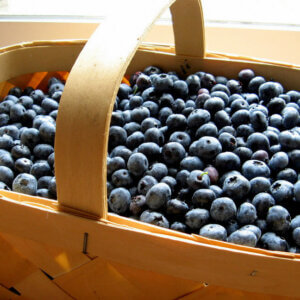
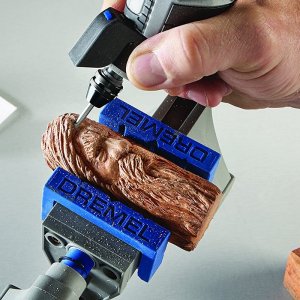





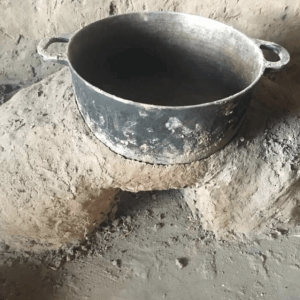
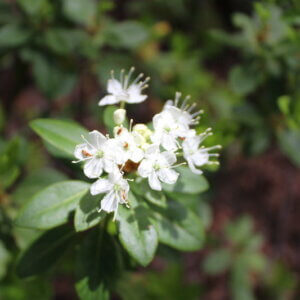
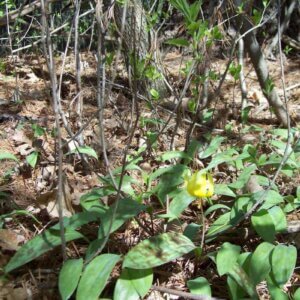

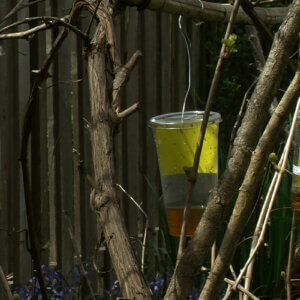




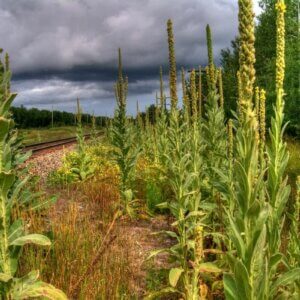

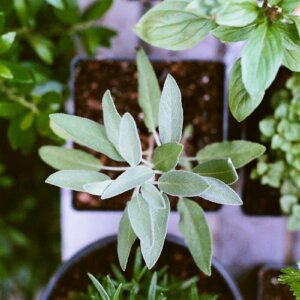

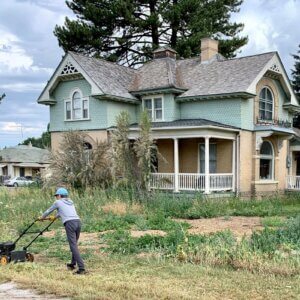
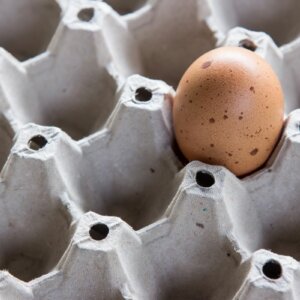



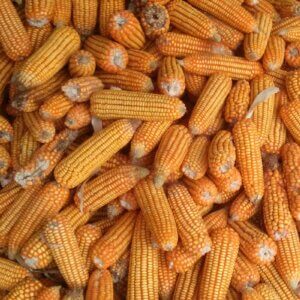



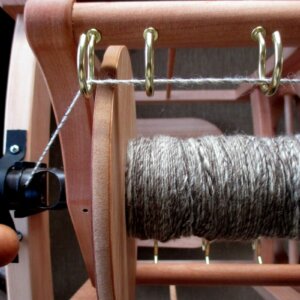






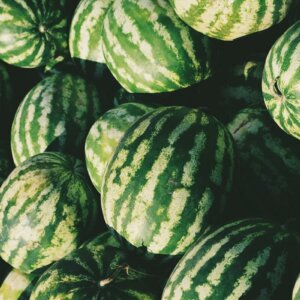


All these solutions are cute…because they are no solutions if you have acres. And try finding kids that will even work today..like finding a gold nugget on the side of the road.
Have you actually tried any of them, Deb? I’d be curious how many acres you’re talking about that makes them unmanageable–maybe share more of your experience. I have visited huge farms, such as Baker Creek (https://www.rareseeds.com/farm-and-village/) that utilize mulches to great effect and don’t depend on chemicals to do the job for them. Generations of people have figured out how to do agriculture and manage weeds without chemicals, and have been successful. It’s possible. We’ve got 12 acres, and it takes a lot of work, but it works here.
I appreciate your comments because I am looking for non-chemical options that actually work…I don’t mind sweat equity it is MY land.
Where can you buy Nature Zap weed killer? Amazon doesn’t carry it.